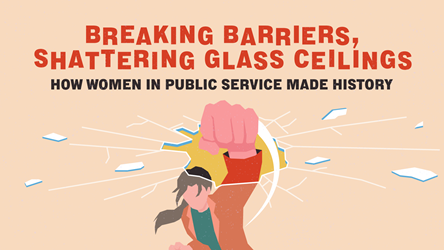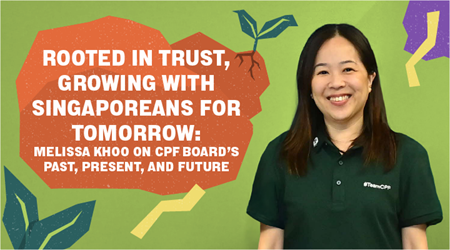Streets Alive
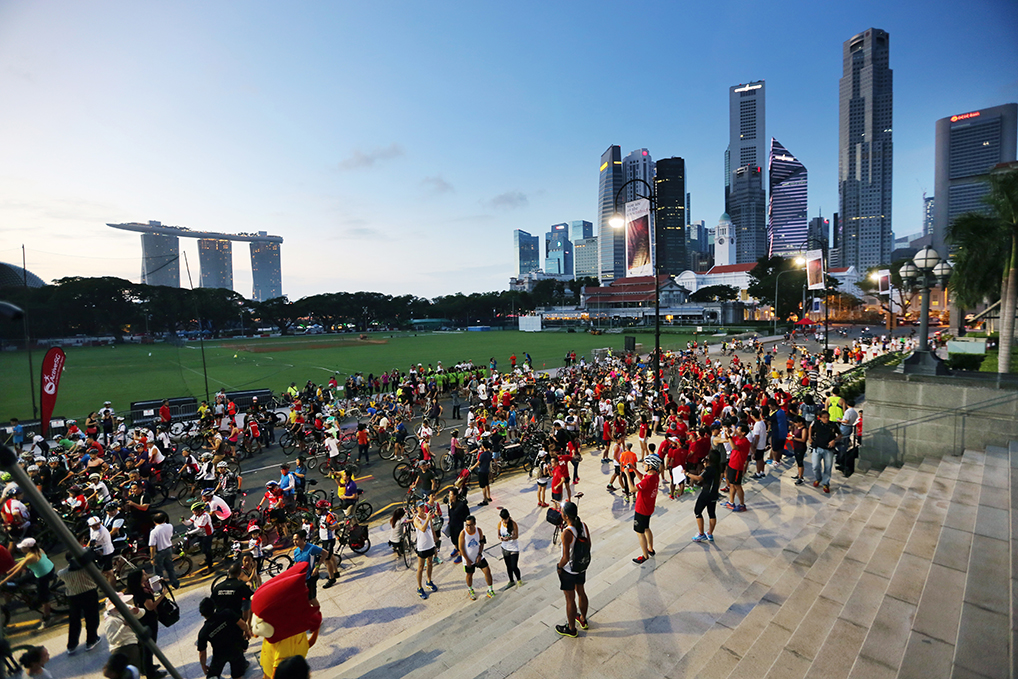
As we move towards a vision of a sustainable and liveable Singapore, public agencies are studying ways to make the island more car-lite by 2030. Recognising the constraints we face in growing our road network, we are now reprioritising it for public transport, cycling and public space. It took many years of laying the foundation and working with stakeholders, but the response of the public to our first Car-Free Sunday SG shows that we are on the right track.
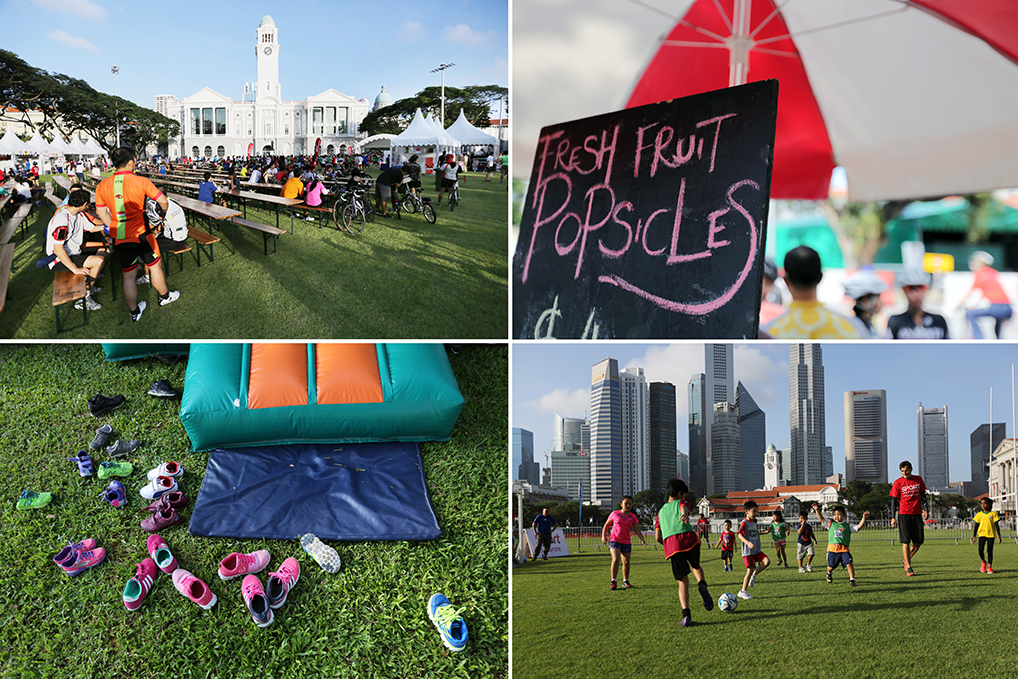
The car-free concept has been implemented in many cities around the world. South America is very much the industry leader; the cities there are fantastic at it. New York City has its Summer Streets programme three times a year, while Tokyo has its Hokosha Tengoku or Pedestrian Heaven in Ginza. Jakarta had its first car-free day in 2007, and this is now held every Sunday, with more than 100,000 people taking part. Kuala Lumpur’s car-free morning is organised by the Kuala Lumpur City Hall. Now held twice a month, it attracts big crowds, with seven kilometres of public roads closed for people to cycle, run and walk around.
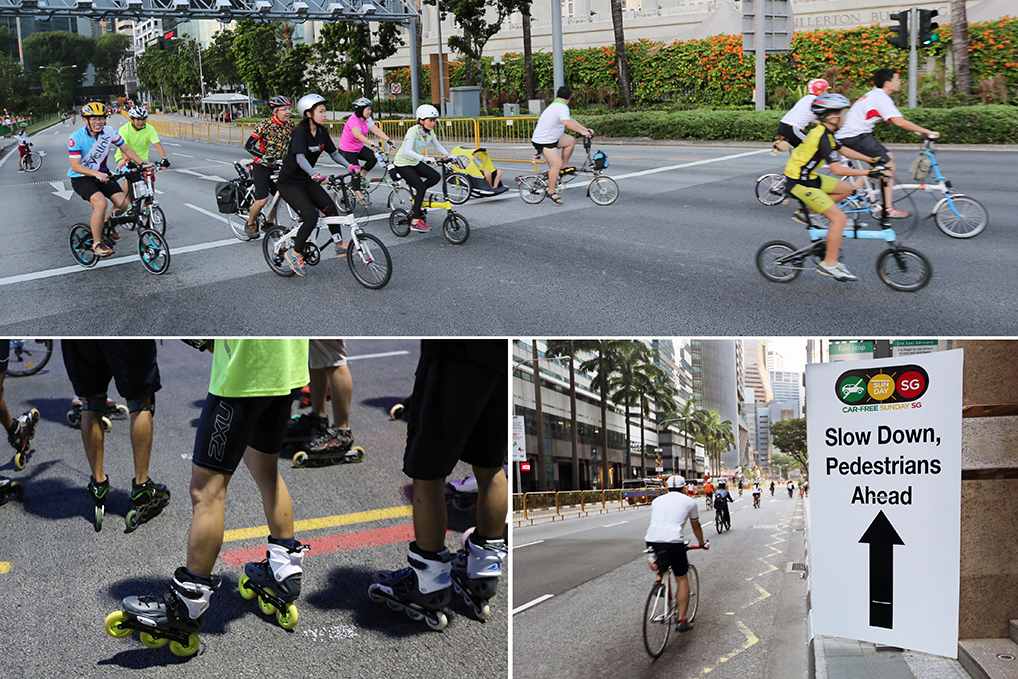
I joined the Urban Redevelopment Authority in 2011. Back then, there were already discussions about going car-lite, and I was fortunate to be a part of this wave. Taking an approach that had been adopted by other cities, we trialled going car-free on a smaller scale first. In April 2013, we held our first temporary road closure at Club Street and Ann Siang Road. It was well-received by stakeholders as it improved pedestrian safety and enhanced the neighbourhood’s vibrancy. This was followed over the last three years by road closures at Circular Road, Kampong Glam, Little India and, most recently, at Liang Seah Street along Beach Road.
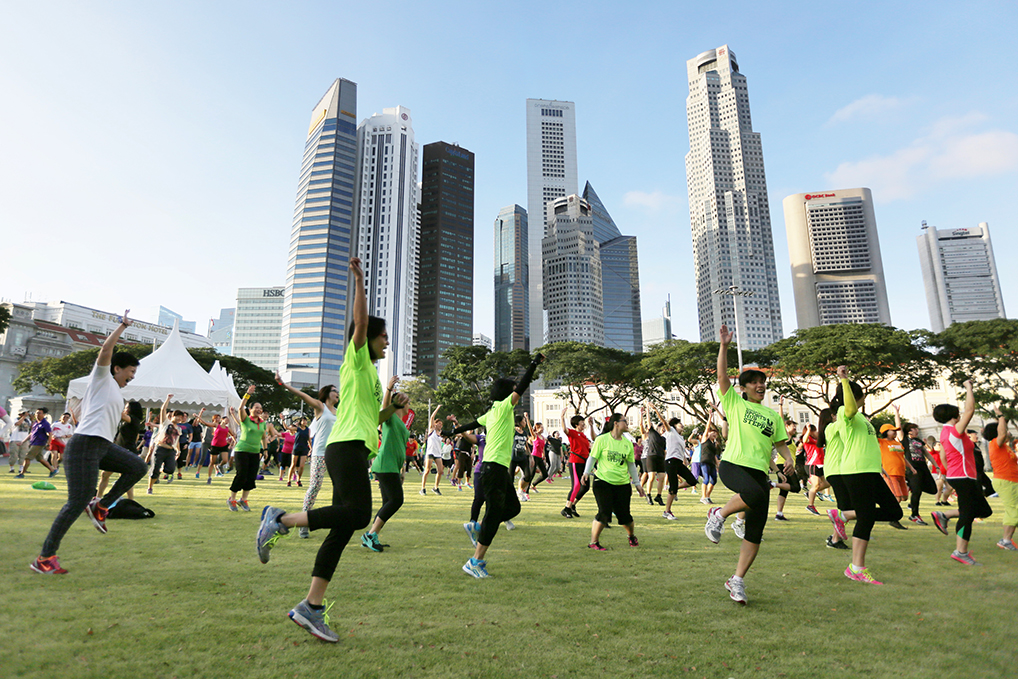
To make our very first Car-Free Sunday SG work, we had to have the support of the ground, and include their voices and ideas as part of the process. Over many years, we reached out to stakeholders and built up a sense of mutual trust. This was reflected in the many different groups that were part of the events, activities and festivities at Car-Free Sunday SG.
Among the cyclists, we worked closely with Love Cycling SG, Jolly Riders, the Safe Cycling Taskforce and the Singapore Cycling Federation. The running and walking communities came with the support of the Health Promotion Board and Sport Singapore. These agencies offered a varied programme that was very popular with fitness enthusiasts. Many families also turned up for the kids’ zone managed by the National Parks Board. And the National Arts Council and National Heritage Board supported Car-Free Sunday SG by opening their museums, grounds and spaces earlier than usual.
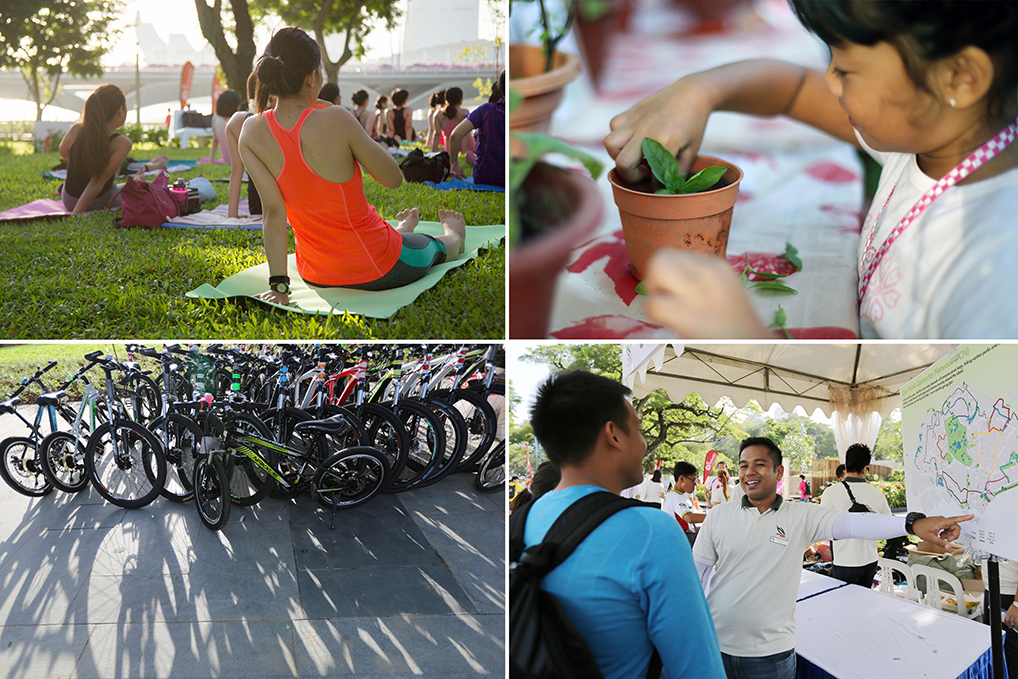
For an event of this scale to succeed, it has to be a multi-agency event, a whole-of-government effort. We all have different strengths and, at every level, we were committed to Car-Free Sunday SG. Besides the agencies mentioned, the Land Transport Authority did traffic studies that helped us to plan the road closures. Following the strong community support for Car-Free Sunday SG, with thousands of people taking part, we are now reviewing how to improve the next edition. For example, we may change the timing of the road closures, to strike a balance between various road users.
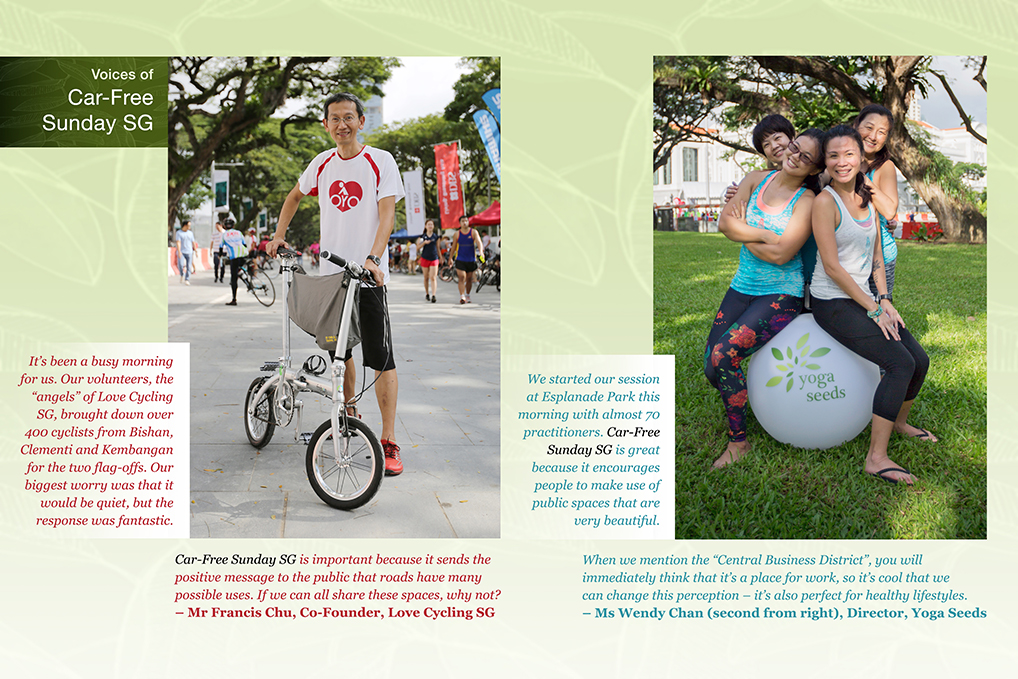
The night before Car-Free Sunday SG, we were at the Padang until 1am to check on the final details. Then I went home for a quick rest before returning at 4am; we were all running on adrenaline. At 5am, we did a test ride around the entire 4.7-kilometre route. The very first participants began arriving at 5:30am; some families had even cycled down to the Padang together. Then we waited for the big flag-off at 7am.
I spent most of that morning walking around the grounds. The best moment for me came after the second and final flag-off at 8:30am, when I went up to the fourth floor of the National Gallery of Singapore and looked down at St Andrew’s Road, the Padang and, a little further away, Esplanade Park. I could see many people having fun together – cycling, walking, playing. It was all very organic.
We must have faith that people can share our public spaces.

- POSTED ON
Mar 10, 2016
- TEXT BY
Nicholas Li





